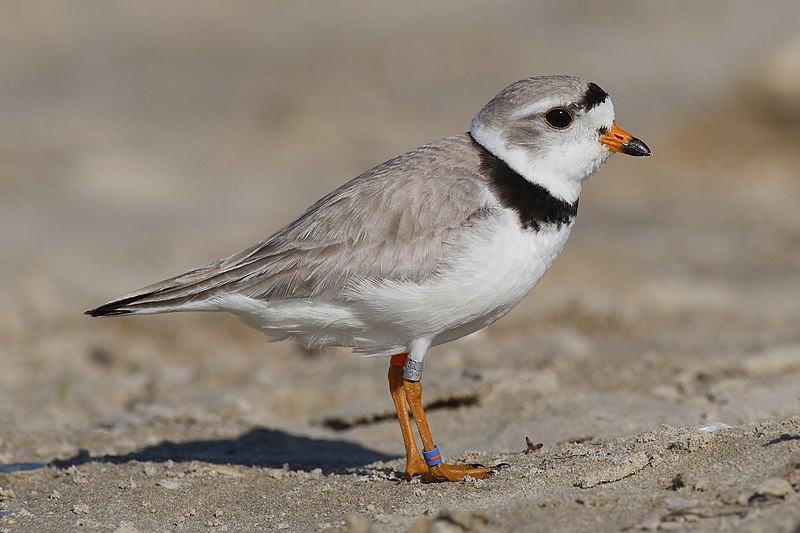Our first task was to locate an area where there would be geese. The FWS employees we worked with did this on a regular basis, so they knew exactly where to go. Once we arrived at the sight, it was time to lay out the capture area. A couple of people went out in kayaks to herd the geese onto land where the rest of us were hiding. The plan for each encounter was to first let the geese group together on land, providing them with the assumption that they were safe. We would then show ourselves, making no fast movements towards them until we were close enough to a large piece of fence we used to form a fenced in area. As we held the fencing and moved closer in, it became fairly easy to keep them contained. The time before all of this involved a lot of waiting and the real fun didn't start until after. Below is a picture from my view of the clearing and the fencing I would be using to contain the geese, followed by a gathering of geese herded in.
There were some of us who wrote down recaptures, birds that had previously been banded, and some who actually handled the birds. The FWS employees, and some fellow interns, took care of the actual banding, which involved sexing the bird and recording the number of the band put on the bird's leg. I ended up handling birds for most of the day. I didn't do well my first time, but I conquered the nerves and got the hang of it, braving the angry geese at 3 locations throughout the day. Overall, the day went fairly well, and I learned a lot. I wouldn't trade this experience for anything. Below are pictures of myself holding a goose and the make-shift stand holding the bands before they were placed on the geese.
















































.JPG)




